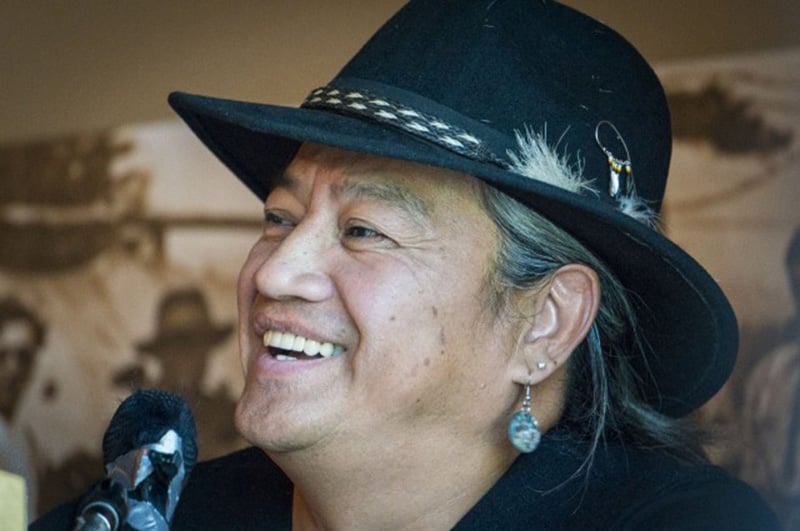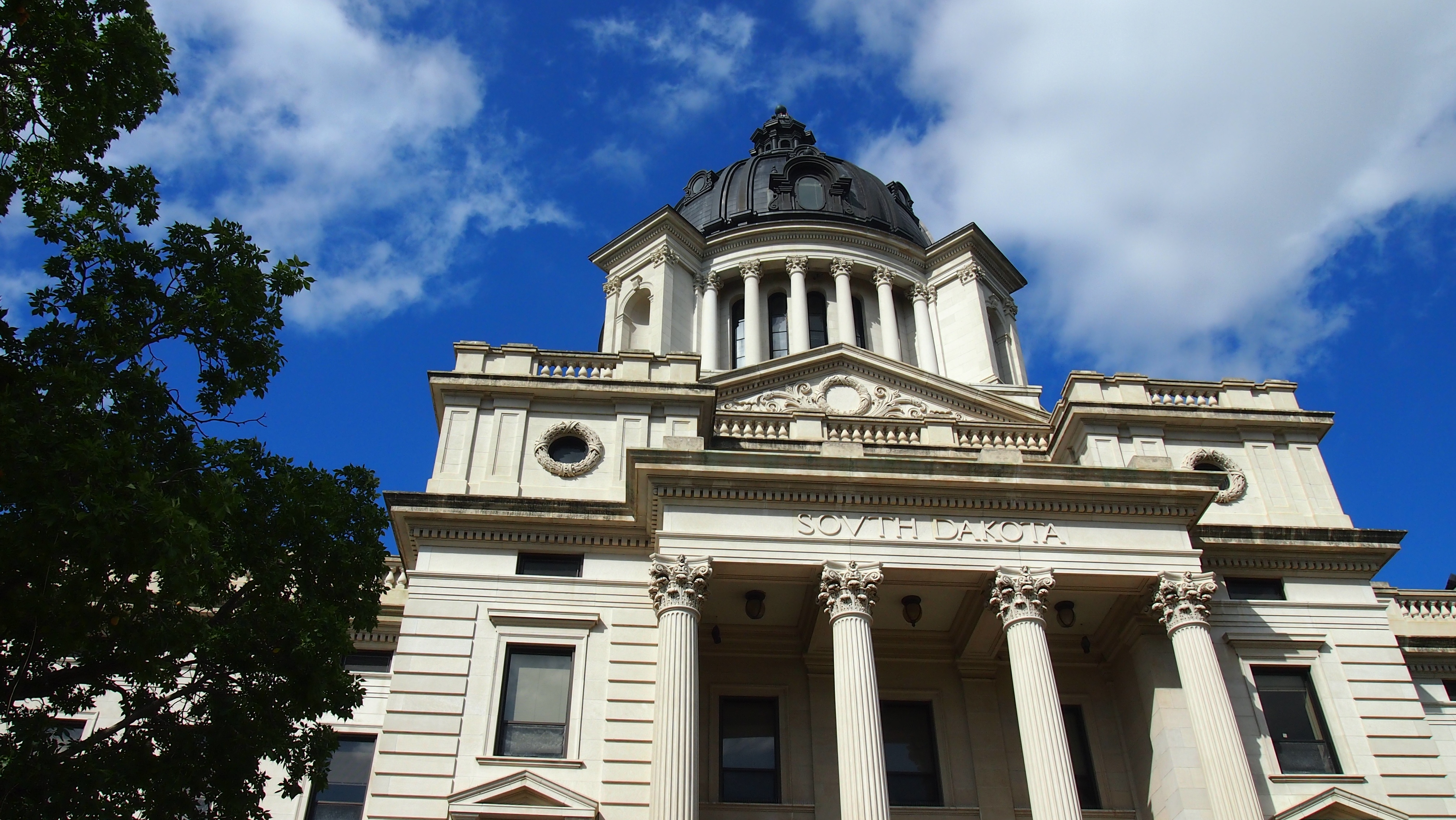The Splatsin, among the first nation to create its own, will share hard-won knowledge in an upcoming webinar.
It’s been over a year since a federal law affirming the right of First Nations, Inuit and Métis peoples to run their own child welfare systems came into force.
Yet over half of the children in government care nationally and two-thirds of kids in care in B.C. are still Indigenous, despite making up just 10 per cent of all children.
Bill C-92 allows communities to create their own child welfare systems and services, but implementation is just beginning and no funding is yet confirmed, with the Assembly of First Nations and federal government still in discussions.
The Assembly of First Nations and the First Nations Leadership Council have held some information sessions and town halls on creating and operating child welfare systems in B.C.
But Kukpi7 (Chief) Wayne Christian of the Splatsin of the Secwepemc Nation said they haven’t answered all the questions about what it means to have jurisdiction over child welfare.
And he should know. Christian helped spearhead a movement in 1980 that saw the Splatsin become one of the very few First Nations in Canada to create and operate its own child welfare system. It continues to operate today.
And he’ll share the lessons learned in a two-day webinar for other First Nations Wednesday and Thursday.
“I wanted the opportunity to explain to people in a learning environment what is it we actually do. And what does it mean in terms of jurisdiction, because jurisdiction, in essence, is having the resources and making decisions for your children,” he said.
“Our Elders told us back in 1979, when we started the process, this is our inherent law before the white people imposed their law on us, this is how we did it. And so that’s what we codified with our Elders at the time, and that’s what we’ve been operating with now for four decades.
“We know where every child is and who they are in our community,” said Christian. In the community of about 1,000 people just outside Enderby, B.C., 30 to 35 children are in care at all times, he said, a rate that hasn’t changed much since the community numbered 350 in 1980.
“Every child that’s been born in that four decades, we know. And I think that’s the key is that we know, and then they know, who they are and who they’re connected to.”
The law — C-92: An Act respecting First Nations, Inuit and Métis children, youth and families — came into effect in January 2020 as a result of a national outcry over the disproportionate number of Indigenous youth in care, as well as the federal government’s systematic underfunding of child and family services in First Nations and Inuit communities.
But 39 years earlier, when the Splatsin of the Secwepemc Nation were pushing for child welfare jurisdiction, it didn’t have national support.
Instead, it had the support of several B.C. First Nations who joined them in a caravan to then-deputy premier Grace McCarthy’s Vancouver house on Thanksgiving weekend to demand jurisdiction over their children’s welfare.
With help from these nations, along with George Manuel, then-Grand Chief of the Union of BC Indian Chiefs, human rights lawyer Louise Mandell and Jacob Marule, an exiled member of the South African National Congress, the Splatsin were able to hash out a jurisdiction agreement with McCarthy.
The federal government did not stand in the Splatsin’s way of reclaiming its child welfare services, and ultimately the Splatsin’s jurisdiction was federally and provincially recognized.
But the federal government would not allow several dozen other First Nations to follow suit.
“I think there was about 40 to 45 communities, and it would have made a big difference if they were able to stand up their laws at that time. But Indian Affairs said no to them,” Christian said.
Which is why the Splatsin of the Secwepemc Nation are holding these webinars.
“It’s our way of thanking people for helping us back then, because without that groundswell of support from all the communities, we wouldn’t have been able to achieve what we’ve achieved back in 1980,” Christian said, adding that Mandell will address the legal aspects of the win during the webinar.
Many of the roadblocks the Splatsin have and continue to face in delivering child welfare services are ones that other First Nations communities will grapple with, too.
For example, retaining control over services on and off reserve land will mean dealing with both the provincial and federal governments. As recently as a decade ago, the Splatsin were in conflict with a provincial government that refused to acknowledge their jurisdiction over Splatsin children who lived outside of the community.
“We were going to file a constitutional challenge,” Christian said, but five years ago the deputy minister of children and family development agreed to sign a memorandum of understanding with the nation that reaffirmed B.C.’s acknowledgement of Splatsin jurisdiction.
Nations will also need to determine how they used to govern themselves before colonization and how to adapt those laws into a modern-day child welfare system.
“The essence of what we do and follow is related to the wisdom of our old people,” Christian said, adding it’s the same in many other nations.
Then there are several other matters: federal funding, both initial capital and long-term operating funds; hiring and training personnel; gathering and storing community members’ data; developing culturally relevant child, youth and family programming; developing an appeals process; sourcing and funding temporary caregivers; and liaising with other health and social services that community members use.
Monty Montgomery, associate professor at the University of British Columbia’s school of social work, said finding the right people to work in an Indigenous-run child welfare system isn’t as easy as hiring for a typical service.
“It can be difficult work. There is a sacred responsibility in looking after our young people and working with our young people, our Elders tell us this,” said Montgomery, who is of Mi’kmaq and Irish-Canadian descent.
“And we need to be trained in ways that we understand both the culture and the dynamics of the communities, plus mainstream ways.”
Christian said federal funding has not been easy to maintain. The federal government still pressures the Splatsin to change its child welfare system to a Delegated Aboriginal Agency format, where the offices would be staffed by mostly Indigenous people but operate under provincial government laws and jurisdiction, he said.
“I really have a hard time with the federal government, because they don’t understand jurisdiction,” Christian said. “So when we’re in discussion with them, we’re continuously educating them in terms of what it actually means.”
Because of the lack of federal funding for Indigenous child welfare jurisdiction so far, Montgomery predicts some First Nations will join together to create their own delegated agencies and apply for federal funding that way. But again, they would have to operate under provincial child welfare rules. For a band or nation to do it on their own, Montgomery isn’t sure what operational funding they could access at the moment.
The barriers are real, and not every community or nation will be ready to open and operate their own child welfare system any time soon. But it can be done, Christian said.
“I think at times we get disheartened or so many roadblocks get put in place that people give up,” he said. “And you can’t afford to give up on your children, you have a responsibility to them.” ![[Tyee]](https://thetyee.ca/ui/img/ico_fishie.png)












